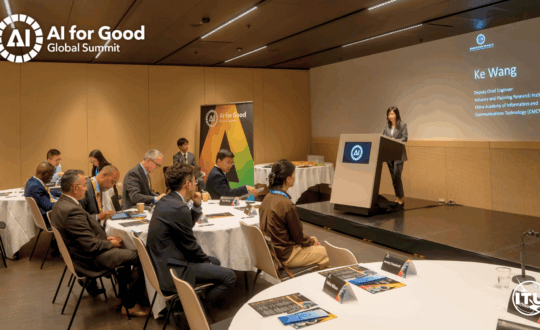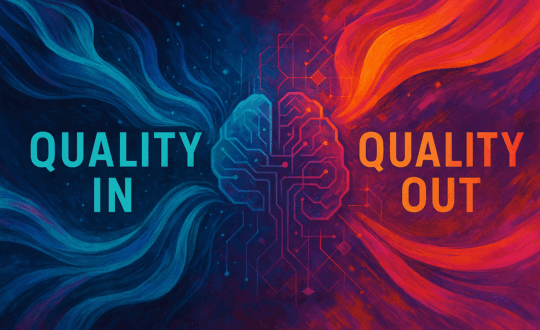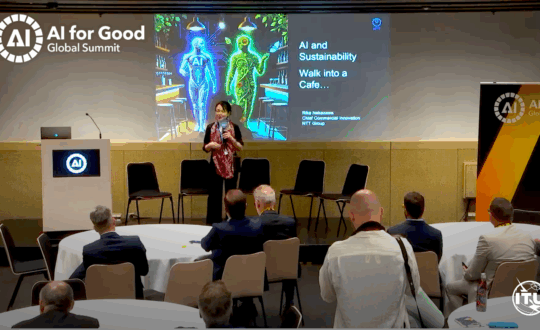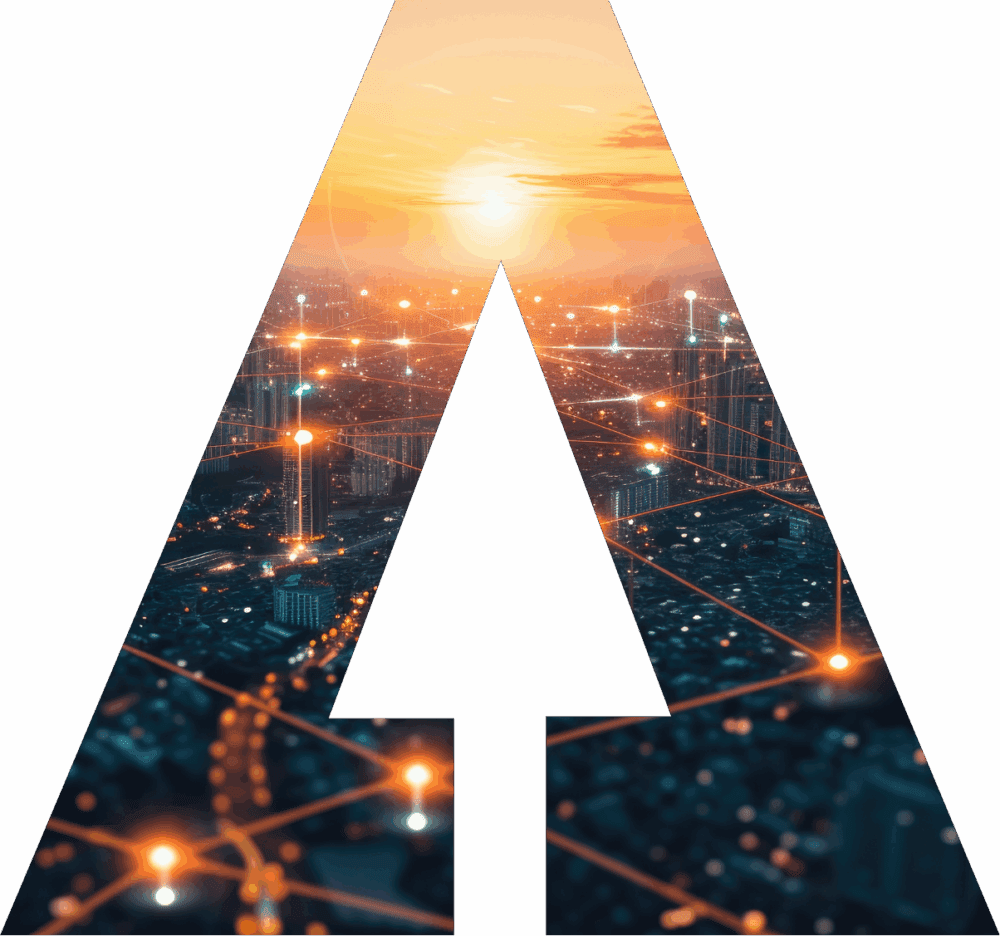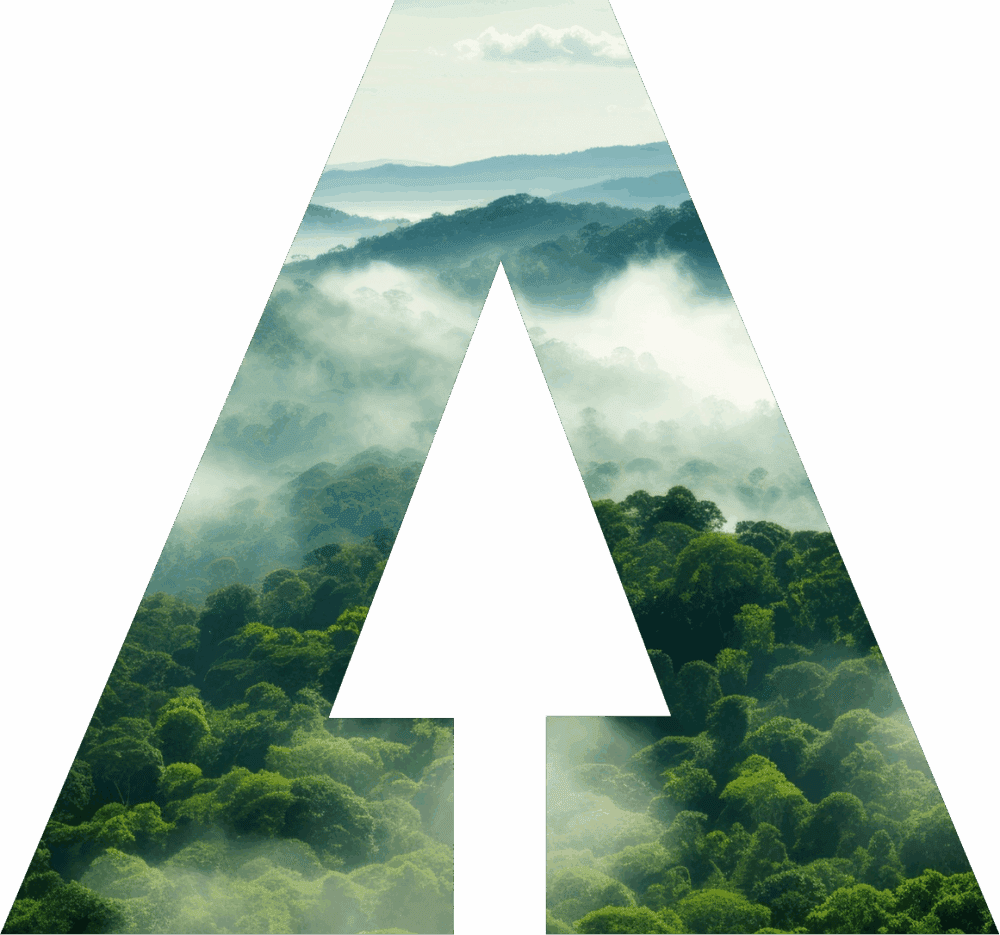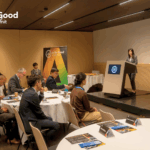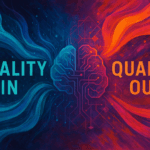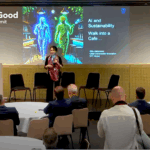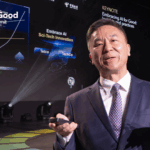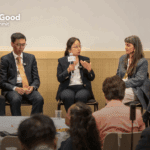The Robotics for Good Youth Challenge is a global competition organized by the United Nations, inviting students from around the world to design and build robots that respond to real-life challenges. More than just a robotics contest, the challenge encourages young people to use technology with purpose. This year, the theme is disaster response, and students were asked to create robots that could assist during emergencies such as floods, fires, and earthquakes.
In South Africa, two standout teams — one in the junior category and one in the senior category — are showing how robotics can bring solutions, purpose, and hope to their communities.
Junior Category – Robo-Rangers from South Africa
In the Eastern Cape, a group of eight students from Elliot High School is using robotics not only to learn, but also to help others. Representing the junior category of the Robotics for Good Youth Challenge, the Robo-Rangers are mentored by Asanda Mayongo and driven by a shared goal: to build technology that saves lives.
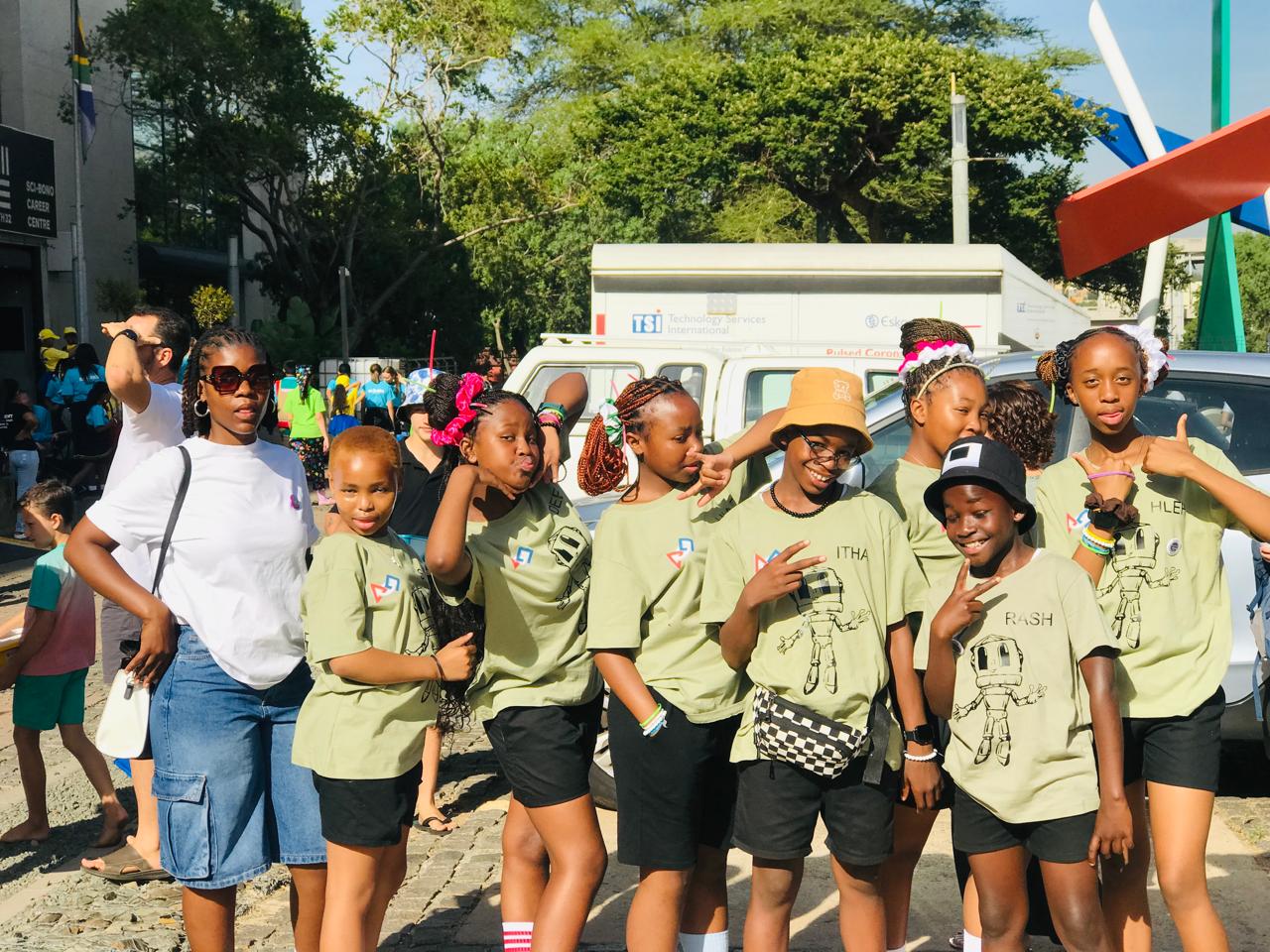
Coming from the rural Sakhisizwe Local Municipality, where access to science and technology is limited, this junior team is proving that great ideas can grow anywhere. “We don’t just build robots – we build confidence, leadership and passion for STEM,” they explained.
Their project focuses on post-earthquake evacuation. Working in pairs, the team built two compact robots. One robot has a motor-driven arm to drag injured people to a hospital zone. The second robot moves others to a nearby shelter. Both machines are strong and nimble, designed to operate in tight and fast-changing environments.
The robots use distance and color sensors to detect objects and follow colored lines across the mat. This helps them move through their course and complete tasks with better accuracy. “Our robot strategy has been effective, collecting the first two injured closer to home area and deliver them to the hospital,” they said. “Second robot collect people on the right side to the shelter.”
They use the Spike Prime platform to program the robots. With the help of artificial intelligence in the app, the robots’ movements are corrected and improved automatically. “Yes, through Spike app AI fixes movement of robot system,” the team shared.
Reaching this design took time and teamwork. The Robo-Rangers had to make tough choices about attachments, layout, and movement — always balancing speed, safety, and control. As they improved their robot, they tested it regularly in real-time emergency scenarios.
Although their target has always been a perfect score of 100, they have maintained an impressive average of 85. For a junior team from a rural area, this is a powerful achievement that shows the strength of careful planning, creativity, and teamwork.
More than just a robot, their project is about purpose. By recreating earthquake rescue situations, the Robo-Rangers are showing how robotics can support emergency response teams and help keep people safe.
“You are a generation that will shape tomorrow. Use AI to change the world because the future needs you,” they said. It is a clear and timely message from a team that believes in building solutions, not waiting for them.
As the Robo-Rangers continue to grow and share their work, they are showing that determination, vision, and collaboration are more important than access to high-end tools.
Senior Category – Witness the Fun from South Africa
“Artificial intelligence transforms imagination into tangible outcomes, turning visionary ideas into real-world innovations.”
At St John’s College in South Africa, a senior team called Witness the Fun is turning their ideas into action. The team consists of nine students in Grades 10 and 11 — five boys and four girls — with one member always on standby, ready to step in. They represent the senior category of the Robotics for Good Youth Challenge.
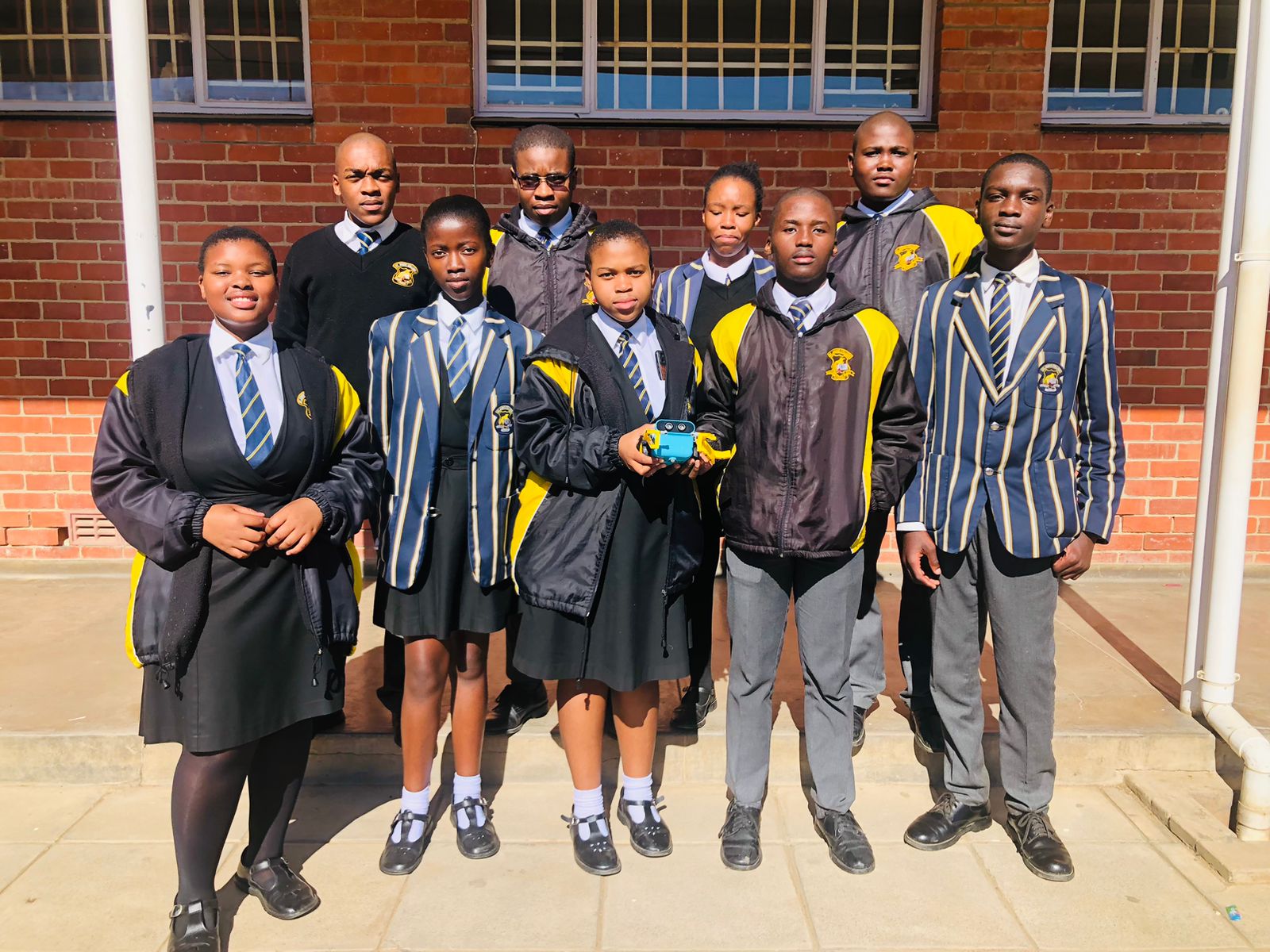
The team is part of the St John’s College Technology and Innovation Hub, a program that connects 70 schools across the country and gives students hands-on experience in coding and robotics. For the team, this is more than just a school project. It’s a step toward becoming future engineers, innovators, and leaders.
“Witness the Fun is more than just a team,” they said. “It is a movement. We are young innovators dedicated to shaping the future, one line of code at a time.”
Each team member plays a different role. While some focus on programming, others work on robot design, documentation, or communication. By dividing tasks based on strengths and maintaining open communication, they ensure everyone is involved and valued.
Their robot is built using Micro:bit and was programmed to follow a black track using a line sensor, with a distance sensor to help with navigation. As it moves, the robot uses mechanical arms to pick up blocks representing injured people and deliver them to a hospital area. Green blocks, symbolizing refugees, are transported to a shelter zone.
At first, the team faced several challenges. They added extra arms to carry more items, but this made the robot harder to control. After testing, they removed one arm and adjusted the robot’s height to improve speed and balance. “We removed a singular arm and raised the level of the robot to support swift movement and ensure success,” they explained.
Battery issues also caused slowdowns during early runs. Over time, they redesigned the arm height and shortened one arm to avoid obstacles. “Arms were too high then we had to lower the arms for the blocks not to go under the arms,” they said.
Their strategy is simple and focused. The robot follows a clear path, collects red and green blocks, and delivers them to the right location. “Yes, the robot was able to sense the black track and the arms were able to carry people to the hospital waiting room,” they confirmed.
Artificial intelligence played a role in helping to program the robot. “Yes, we used Artificial Intelligence (AI) for programming the code. It was programmed to function according to the coding inserted in the micro:bit.”
The team — Thinamavalela Gcelu, Xego Someleze, Lelethu Bokwe, Dumse Ekhonawo, Gwangqa Sinesihle, Aso Makasi, Joshua Adedeme, Mlamleli Siphesihle, and stand-by member Enathi Qakata — is learning more than robotics. They are learning how to solve problems, think critically and work as a team.
Their robot was built in response to the growing risk of climate disasters. Whether responding to floods, fires or earthquakes, their design helps deliver quick and safe action in moments that matter most.
And as they put it: “Artificial intelligence transforms imagination into tangible outcomes, turning visionary ideas into real-world innovations.” For Witness the Fun, the future is not something they wait for, it is something they are building right now.
Looking Ahead
Next stop: Geneva. Representing South Africa in the grand finale of the Robotics for Good Youth Challenge, the Robo-Rangers (junior category) and Witness the Fun (senior category) will share their projects at the AI for Good Global Summit from 8 to 11 July 2025 in Switzerland. There, they will join peers from around the world to showcase how young people are using robotics for positive change.
To follow their journey or register for the 2025 Summit, visit:



